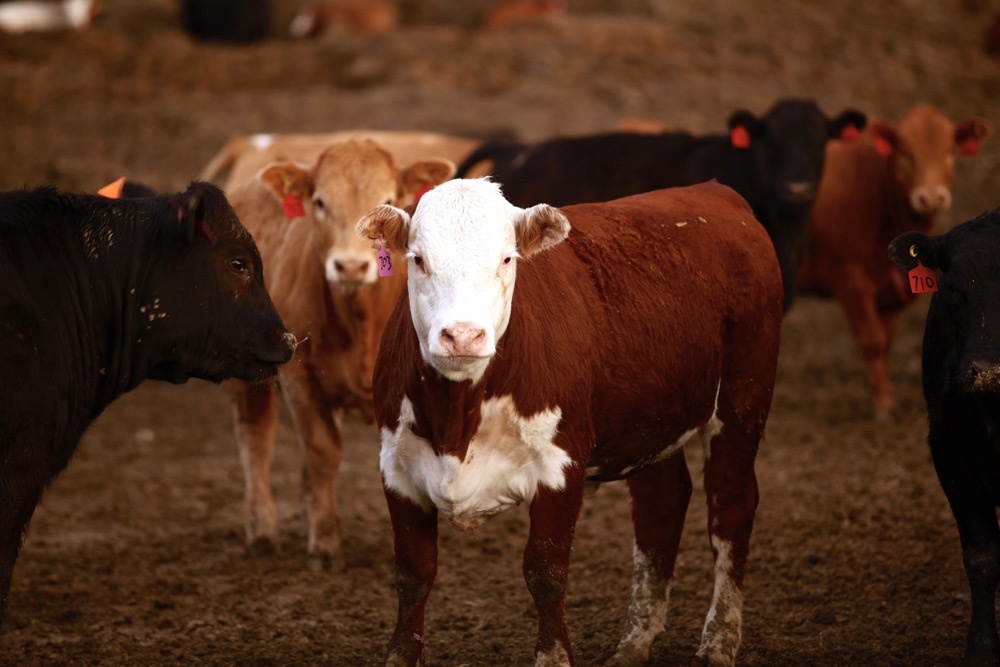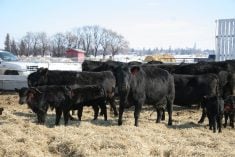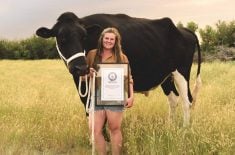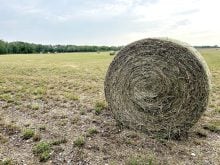A Calgary-based company has created a pain control drug that could be a game changer for the North American cattle and horse industries.
Oral Meloxicam, a tasteless liquid that can be administered orally or added to feed, is the first pain control medication developed for livestock in North America.
“The most common procedure we can use it in is castration, but it can also be used for dehorning — it has been used in many other areas of pain control and found to be very effective,” said Merle Olson, founder and vice-president of research and business development with Alberta Vet Laboratories.
Read Also
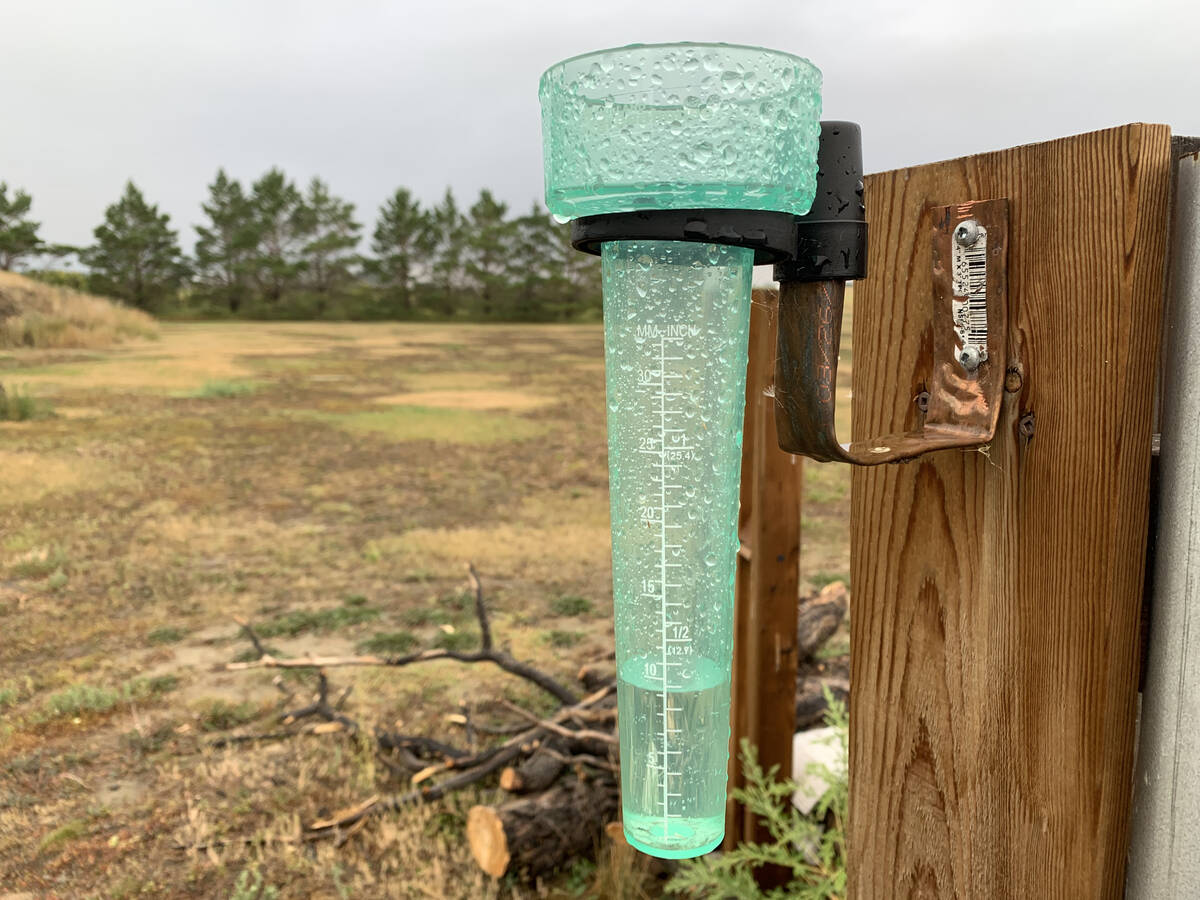
Western B.C., parts of Prairies received drought relief in October
Drought monitor for Western Canada for October
The drug, which came on the market this month, can only be obtained through a prescription from a veterinarian.
Oral Meloxicam’s arrival on the scene is perfectly timed. As of Jan. 1, the beef code of practice, requires cattle producers to use pain control when castrating bulls older than nine months and dehorning after the horn bud has attached.
Olson and his team spent four years developing the drug.
“We went to veterinarians and producers and we asked them questions,” said Olson, a veterinarian with a master’s degree in chemistry. “We knew they wanted a pain management drug they could use in different scenarios.”
Producers and veterinarians also said the cost had to be low and easy to administer.
“It needed to be a simple delivery that could be used on horses and cattle, and could be used on a wild, crazy animal or a calm one,” said Olson.
Oral Meloxicam is an analgesic, and works similar to aspirin in easing pain while allowing the animal to carry on with its normal activities. One dose will deliver pain control to a horse for 24 hours, and to a cow for 56 hours.
There will be some variation on prices depending on the veterinarian, but a dose should be under $2.
“We will make some money off of it, but we’re not here to gouge the industry,” said Olson. “As a company, our philosophy is to sit down with the industry and solve their pharmaceutical problems.
“There’s no reason not to give pain control to your animal. We didn’t want anybody to say they can’t do it because they can’t afford it. There’s no point in making a product that no one can use.”
Clinical trials were conducted in southern Alberta prior to the drug being registered for use in cattle. Alberta Vet Laboratories is unique in Canada, as it is the only company that develops, tests and manufactures all of its products in the same region.
It is currently in the process of registering the drug for horses, since Health Canada only allows the company to register the product for one use at a time. Other species may be eligible for off-label use.
Even though the drug has several uses, Health Canada only allows medications to be registered for one purpose.
“We felt the most important thing was registration for pain control,” said Olson. “The words ‘pain control’ are important for our industry. That’s what the public wanted and it’s important for the sustainability of our industry.”


